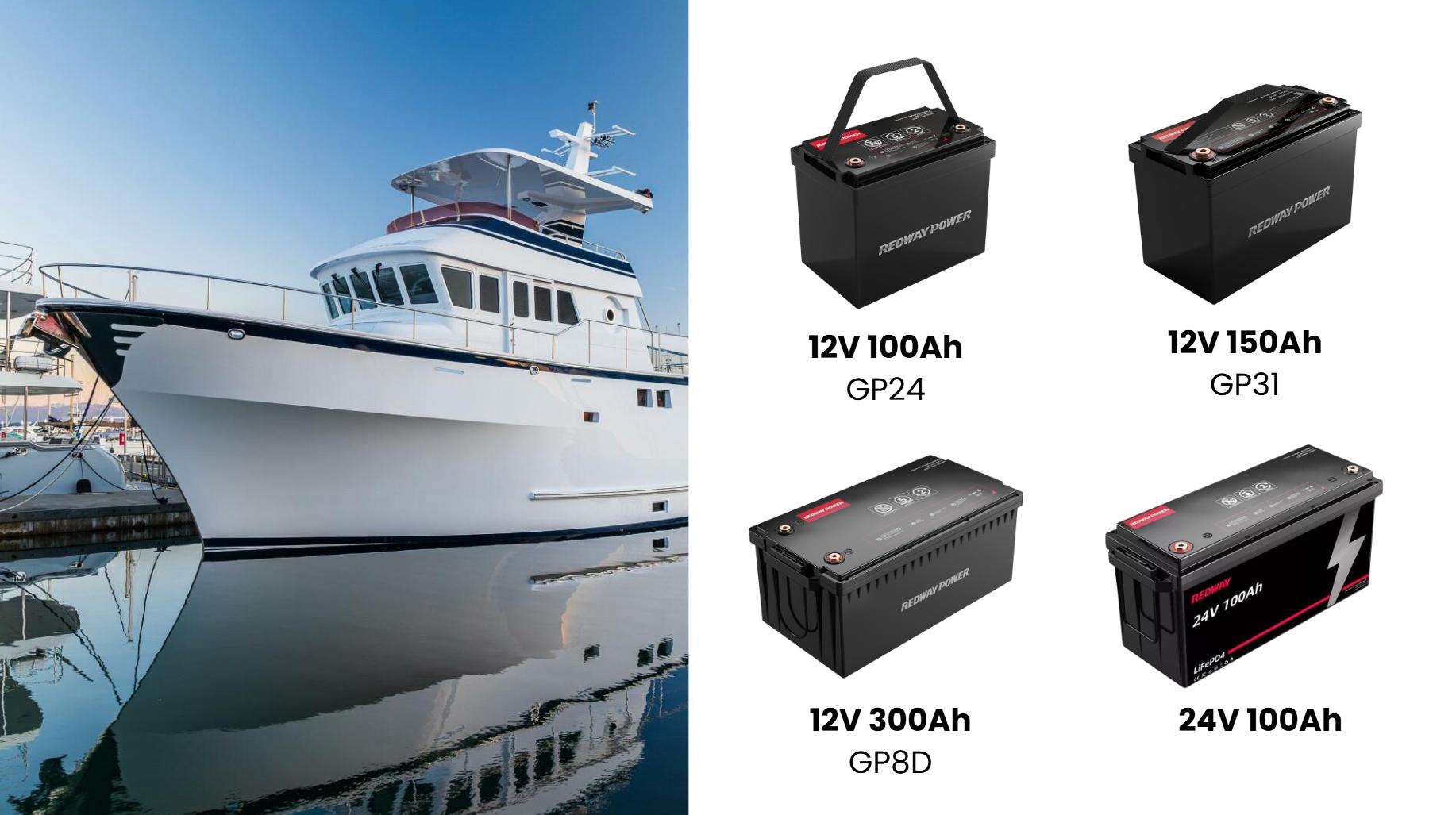A 12V AGM deep cycle marine battery is designed for marine applications, offering spill-proof construction, vibration resistance, and long-lasting power for trolling motors, electronics, and onboard systems. Its Absorbent Glass Mat (AGM) technology ensures maintenance-free operation, faster recharge times, and superior performance in harsh marine environments compared to traditional flooded or gel batteries.
How Does AGM Technology Enhance Marine Battery Performance?
AGM batteries use fiberglass mats to absorb electrolytes, eliminating spills and allowing versatile mounting. This design improves vibration resistance, reduces internal resistance for faster charging, and delivers stable power output even in rough conditions. Unlike flooded batteries, AGM variants require no water refilling, making them ideal for marine use where accessibility is limited.
What Are the Key Features to Look for in a Marine AGM Battery?
Prioritize batteries with:
- High ampere-hour (Ah) rating (100–200Ah for deep cycling)
- Cold Cranking Amps (CCA) above 800A for cold starts
- Corrosion-resistant terminals
- UL certification for safety
- 10–12-year lifespan under proper maintenance
Why Is Deep Cycle Design Critical for Marine Applications?
Deep cycle batteries provide sustained power output over extended periods, unlike starter batteries designed for short bursts. This makes them suitable for trolling motors, fish finders, and livewell pumps. AGM deep cycle variants withstand 50–80% depth of discharge (DoD) without capacity loss, ensuring reliable performance during multi-day fishing trips.
How to Properly Maintain a Marine AGM Battery?
Maintenance involves:
- Keeping terminals clean with baking soda solutions
- Storing at 50–80% charge during off-seasons
- Using temperature-compensated chargers (13.8–14.7V range)
- Avoiding discharges below 50% capacity
- Performing monthly voltage checks (12.6V+ indicates full charge)
What Are the Safety Advantages of AGM Marine Batteries?
AGM batteries are sealed and non-venting, preventing acid leaks and hydrogen gas emissions. Their recombinant design converts 99% of oxygen and hydrogen back into water, eliminating explosion risks. This makes them safer for enclosed bilge areas and reduces corrosion on nearby metal components by 70% compared to flooded batteries.
How Do Temperature Extremes Affect AGM Marine Batteries?
AGM batteries operate optimally between -4°F (-20°C) and 122°F (50°C). Below freezing, capacity drops 20–40%, requiring insulation blankets. Above 100°F (38°C), lifespan decreases 50% faster per 15°F increase. Use temperature sensors on chargers to adjust voltage by ±0.03V/°F from 77°F (25°C) baseline for optimal performance.
Expert Views
“Modern 12V AGM marine batteries now integrate carbon additives in plates, boosting cycle life by 300% compared to 2015 models. At Redway, we’ve seen 1,200+ deep cycles at 50% DoD in premium units – a 400% improvement over standard AGM. Pair them with smart lithium-compatible chargers to maximize ROI,” says a Redway Power Solutions engineer.
Conclusion
12V AGM deep cycle marine batteries combine rugged construction with advanced electrochemistry, delivering reliable power for demanding maritime environments. With proper selection and maintenance, these batteries provide 5–7 years of service, outperforming traditional options in safety, efficiency, and total cost of ownership.
FAQs
Q: Can AGM marine batteries be installed sideways?
A: Yes – AGM’s spill-proof design allows any orientation except inverted.
Q: How long to charge a depleted 100Ah AGM marine battery?
A: Using a 25A charger: 4–6 hours to 80%, plus 3–5 hours absorption phase.
Q: Do AGM batteries require special chargers?
A: Yes – use chargers with AGM-specific profiles (14.4–14.8V bulk, 13.2–13.8V float).




